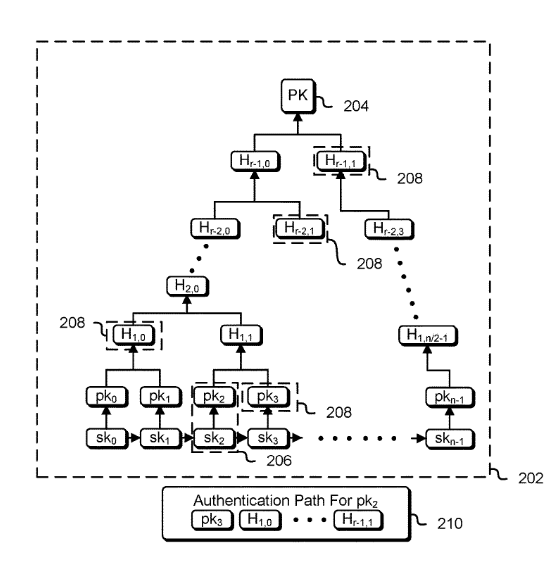“One way to mitigate against such attacks is to configure a service such that requests to the service incur some sort of expense, thereby providing a disincentive to participating in the attack,” the application reads.
Planting a Merkle Tree
But what’s a Merkle Tree? In short, Merkle Trees are cryptographic tools where blocks of data are manipulated to give them a unique identifier also known as a hash. These hashes are then manipulated again to create a parent hash. Parent hashes are always a combination of two or more child hashes. It’s layers on layers of hashed data. Since computing power is required to build a Merkle Tree, performing such hashes could get very costly in terms of time, electricity, and resources. In turn, this makes DDoS attacks economically unfeasible.
